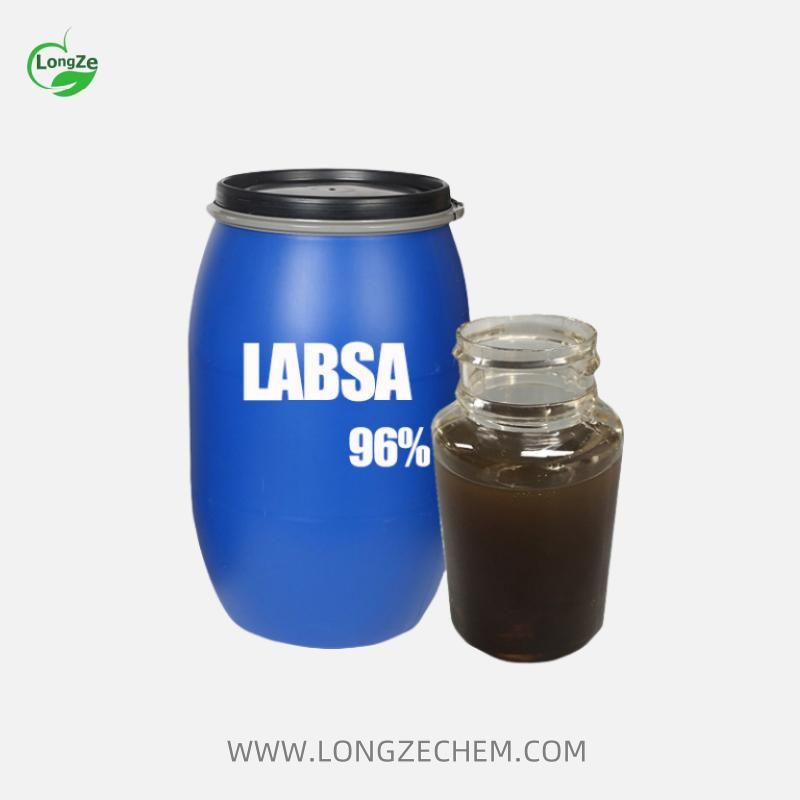
Linear alkylbenzene sulfonate (LAS) is now the world's largest-volume synthetic surfactant, which includes the various salts of sulfonated alkylbenzenes. It's widely used in household detergents as well as numerous industrial applications.
LABSA is an anionic surfactant, with molecules belonging to a hydrophilic and a hydrophobic group. This is a nonvolatile chemical compound, synthesized through the process of sulfonation. The sulfonation process includes reagents like sulfuric acid, chlorosulfonic acid, sulfamic acid, and diluted sulfur trioxide.
The starting material LAB (linear alkylbenzene) is a product of the alkylation of benzene with n-paraffins. The catalyst is either hydrogen fluoride (HF) or aluminum chloride (AICI3). LAS is further produced by the sulfonation of LAB with oleum in batch reactors.
As a compound of homologs, LABSA comprises various alkyl chain lengths (C10 to C13 or C14) together with phenyl positional isomers of 2 to 5-phenyl. The phenyl proportions are dictated by the starting materials and reaction conditions. Each of those contains an aromatic ring. Sulfonated at the para position, it's attached to a linear alkyl chain at any position, with the exception of terminal one (1-phenyl).
The chemical and physical properties of LABSA differ based on the length of the alkyl chain. This results in a variety of formulations, adequate for many applications. The resulting surfactants are often used in the chemical industry to improve contact between water and minerals.
| Item | Unit | Specification |
Content of A.M. |
Wt % |
96.0min |
| Inorganic Acid | Wt% | 1.5max |
| Moisture | Wt% | 0.1max |
| Free oil | Wt% | 2.0% |
| Average Molecular weight | 318-330 | |
| Color | 50 max | |
| Appearance | Brown Liquid |
Packing:215kg/drum, 17.2MT/20'FCL
1050kg/IBC drum, 21MT/20'FCL
215kg/drum, 25.8 MT/40'FCL.
Other packing: According to the client's requirement.
Prve: H2S Scavenger
Copyright(C)2023 , Shandong Longze Chemical Co.,Ltd. All Rights Reserved. Supported by ChemNet ChinaChemNet Toocle Copyright Notice










